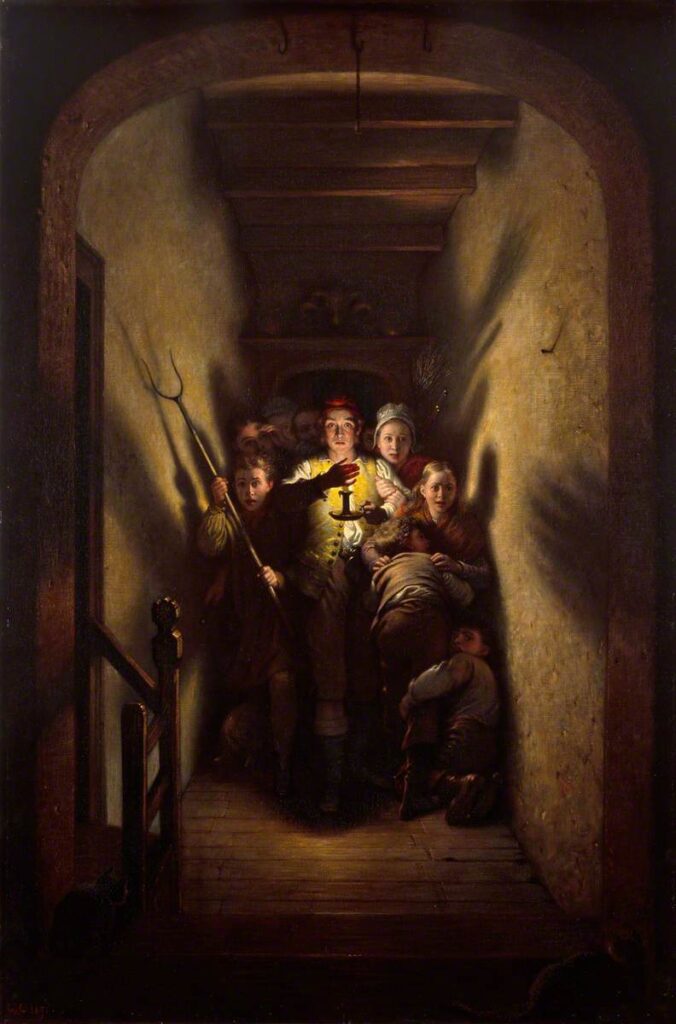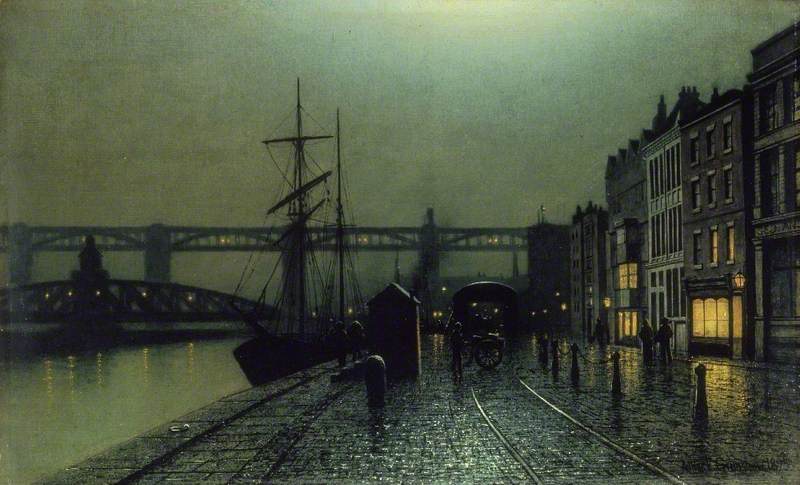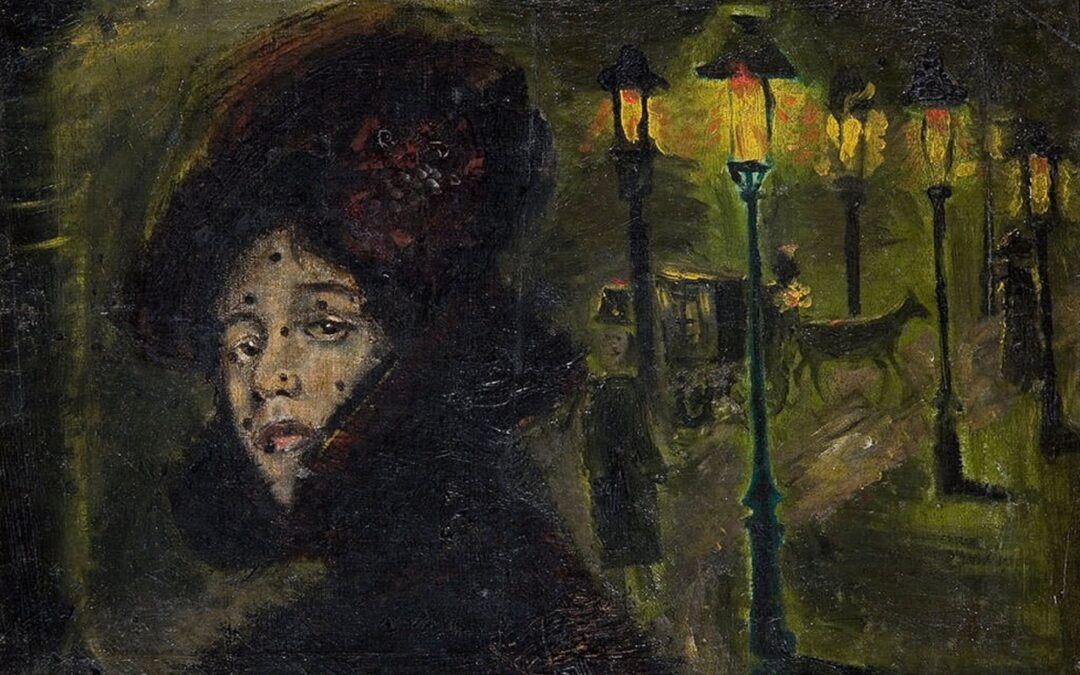This blog was written by Dr Sarah Collins, Leverhulme Early Career Fellow at Newcastle University.
Emotions, as the saying goes, make us human. Without thinking, we are surrounded by consequences of emotional decision making—our families, our work, our environment; all are products of emotions, whether explicitly or implicitly considered. This was certainly the case for urban dwellers interacting with night time during the eighteenth and nineteenth centuries.
Within the pages of Arthur Conan Doyle’s second Sherlock Holmes adventure—The Sign of the Four (1890)—readers encounter an emotionally loaded description of nocturnal London that reveals more about the experiences of the author than the fictitious Dr Watson (italics my emphasis):
‘It was a September evening, and not yet seven o’clock, but the day had been a dreary one, and a dense drizzly fog lay low upon the great city. Mud-coloured clouds drooped sadly over the muddy streets. Down the Strand the lamps were but misty splotches of diffused light, which threw a feeble circular glimmer upon the slimy pavement. The yellow glare from the shop-windows streamed out into the steamy, vaporous air and threw a murky, shifting radiance across the crowded thoroughfare. There was, to my mind, something eerie and ghostlike in the endless procession of faces which flitted across these narrow bars of light—sad faces and glad, haggard and merry. Like all human kind, they flitted from the gloom into the light, and so back into the gloom once more. I am not subject to impressions, but the dull, heavy evening, with the strange business upon which we were engaged, combined to make me nervous and depressed. I could see from Miss Morstan’s manner that she was suffering from the same feeling. Holmes alone could rise superior to petty influences.’
To a modern reader, Watson’s emotional response to the urban environment as it shifts towards night time conjures a specific theme, but to nineteenth century audiences feelings of nervousness and depression conjured vocabularies of fear that were all too familiar.

My own research argues that personal interactions with light and dark produced emotional responses that are littered throughout the historic, cultural, and environmental record. The Bibliography of British and Irish History (BBIH) reading list on the history of emotions provides opportunities to critically engage in connections between emotional and sensory experiences/landscapes, such as the work of Katie Barclay, which emphasises the interweaving of sound as an embodied experience in ‘The Sound of Politics in Early Nineteenth-Century Ireland’, or the connections that William Tullett makes between sensory experiences and material culture in ‘Political Engines: The Emotional Politics of Bells in Eighteenth-Century England’. Similarly, my research explores light installation as more than a product of technological progress or a stimulant to the night time economy. Fear of the dark and associated concerns over personal safety played an important part in shaping nocturnal decision making, which still resonates and shapes experiences in contemporary society.
Researching across disciplines reinforces the emotional responses that people had to nocturnal landscapes in the past. Sensory deprivation at night, such as visual disruption, resulted in nocturnal fear for some because connections to places forged during daylight altered in darkness. The history of lighting in Newcastle upon Tyne provides just one example, with petitions complaining of unlit lamps or requesting expansion of the City’s street lamp network that reveal the entanglement between personal safety concerns and moral geographies about what took place on dimly lit streets.

BBIH’s new reading list contextualises emotional nuance in a rich interdisciplinary catalogue that provides a powerful toolkit for researchers, students, and lecturers. Particularly important is the ability to consider different methodological and theoretical perspectives to the study of emotions history, such as the construction and analysis of humanities and social science interview data offered by Tanya Evans or Samuel Strong. Significantly, the bibliography highlights the growing importance of incorporating varied and wide-ranging emotional aspects in framing our past and will be an invaluable starting point for students new to the field.


